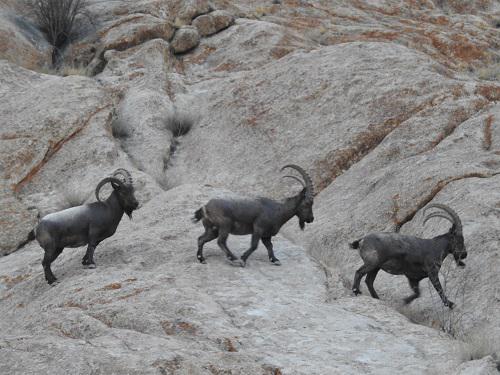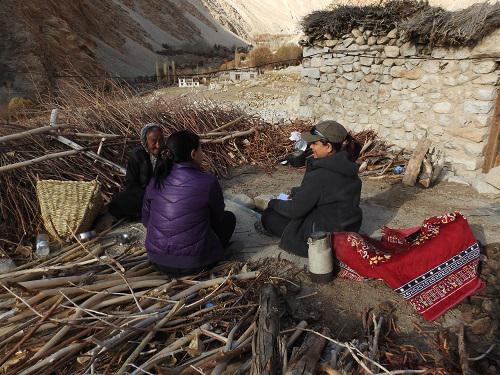Saloni Bhatia
Negative impacts of livestock depredation by carnivores have led to considerable resentment and retaliatory killing, resulting in dramatic declines in carnivore populations in the developing world. The situation, however, may be altered with the right knowledge of the conditions that drive people to become intolerant, and mechanisms that enable people to share space with them. The proposed project seeks to facilitate coexistence between humans and carnivores in the high-altitude area of Ladakh (India) by outlining a conservation strategy based on local knowledge which can be used to complement modern scientific understanding, resulting in solutions that benefit both people and wildlife.

The proposed project seeks to understand the challenges people face when sharing space with two highly threatened carnivores, the snow leopard and the wolf. It will assess how best to address these challenges, and facilitate tolerance in a landscape, where people are highly dependent on livestock, which is also an alternative prey for carnivores. The project will assess what drives people to become intolerant towards predators – how do economics, perceptions of risk, fear, and other negative emotions regulate their response; what roles external factors such as the presence of conservation agencies and the level of community support play in influencing peoples’ tolerance. At the same time, it will attempt to identify opportunities for enabling conservation, for example, the kind of traditional values and practices that have allowed communities to cope with losses, the roles played by the community and spiritual leaders in decision-making, how conservation interventions and subsidies influence tolerance. These have remained under-evaluated thus far and will be assessed against a backdrop of a changing socio-economic scenario that is influenced by new tourism-related opportunities, the impact of the army and cross-border wars, as well as fluctuating livestock populations.

The proposed project will
(i) provide baseline data on livestock losses and conflicts from an understudied region;
(ii) result in a ‘hotspot’ map to mark out areas where carnivore impacts are high and tolerance is low;
(iii) help understand how different factors influence peoples’ relationship with carnivores, the gaps in peoples’ tolerance as well as strengths imbued by their culture;
(iv) lead to a conservation strategy for practitioners working in the landscape, based on inputs from the community, which would incorporate the needs of both people and carnivores.